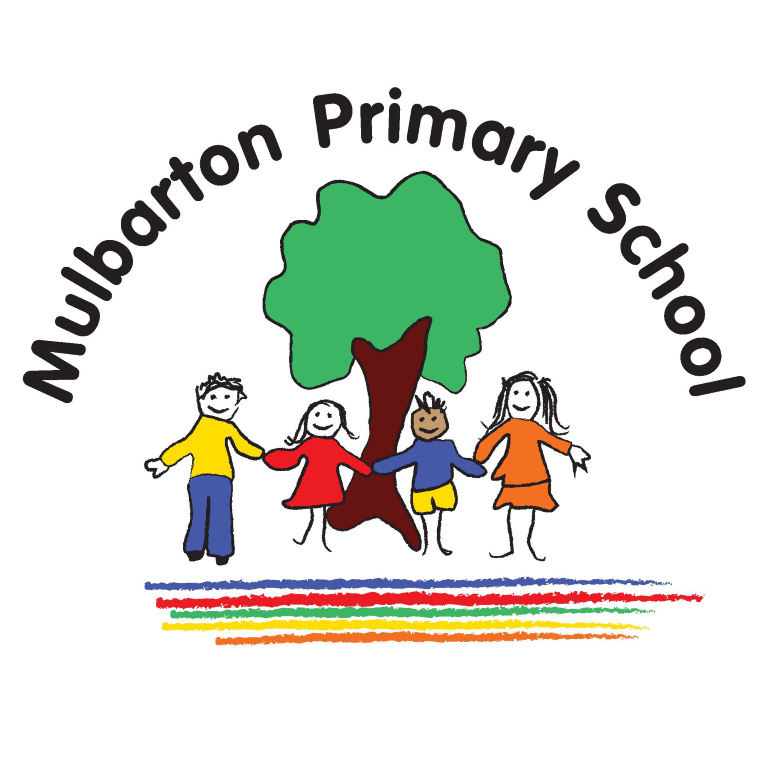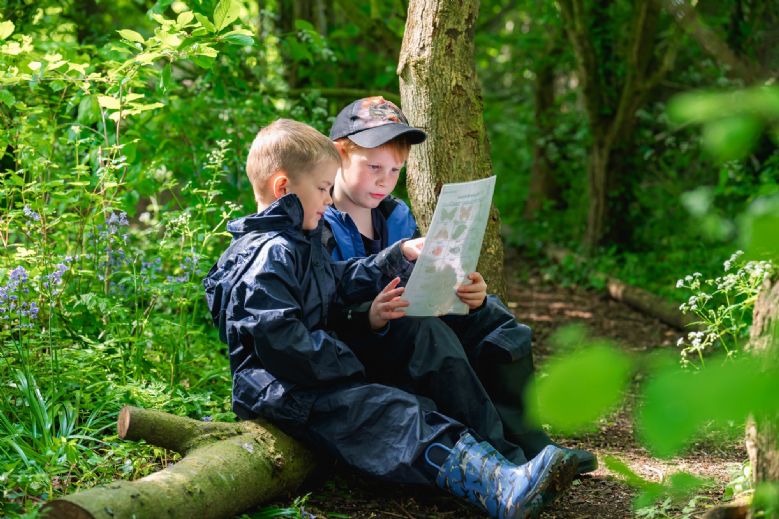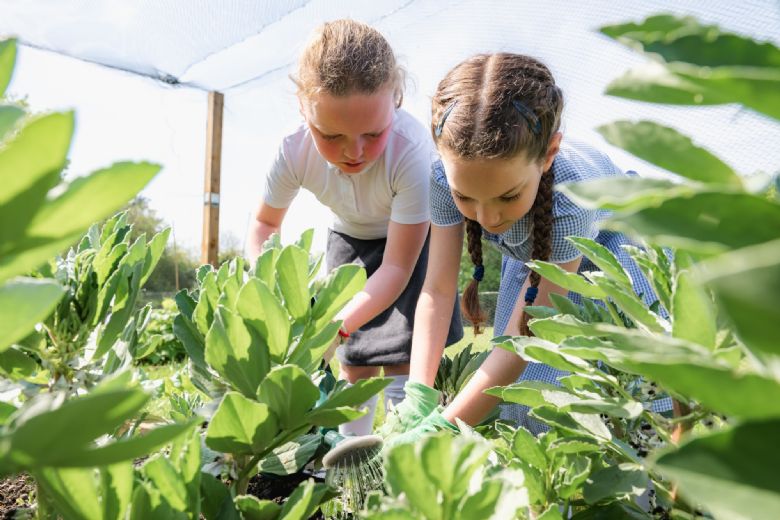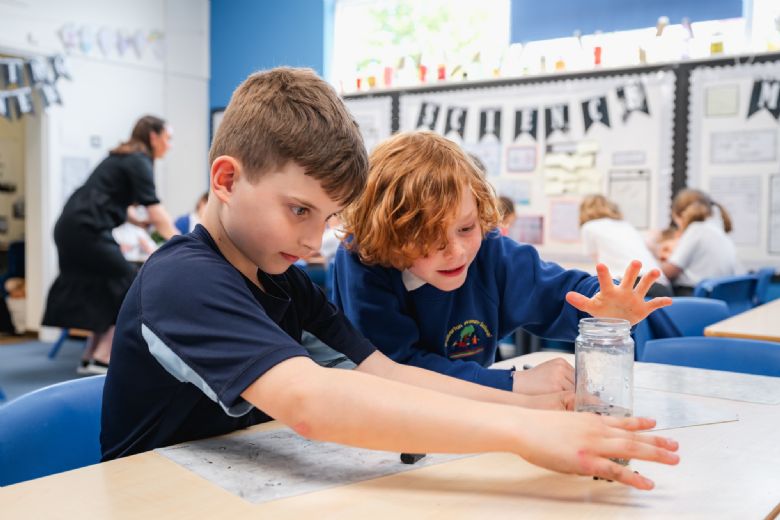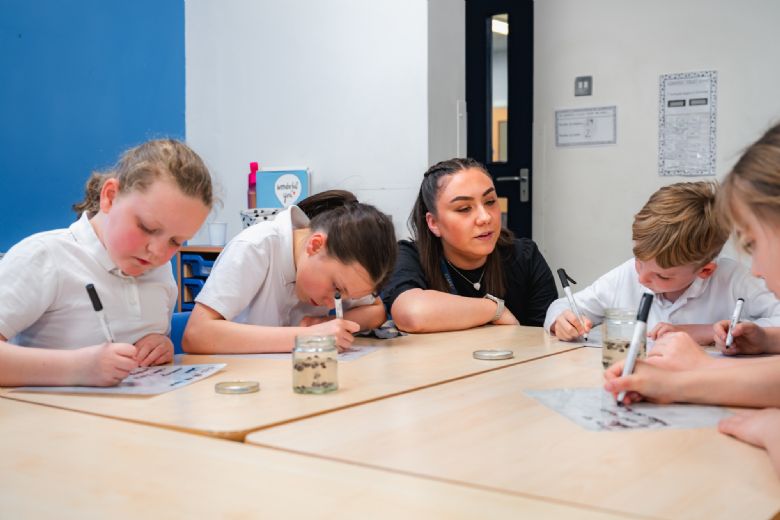Science
What does Science at Mulbarton Primary School look like?
Our Science curriculum is constructed to provide our pupils with an understanding of the world and how science changes our lives. We provide an investigative curriculum, encouraging pupils to develop and use their working scientifically skills to develop scientific knowledge and understanding of all National Curriculum topics. We also aim for our pupils to understand the uses and implications of science today and in the future.
Our Science curriculum is planned around the National Curriculum and has been sequenced with a progression of knowledge, skills and vocabulary. Science is taught as a discrete subject on a weekly basis. Formative assessments are used before planning and delivering topics to ensure that the learning is tailored to the needs of the current cohort. Every lesson features a prior learning recall activity which may be presented as a recap or as an assessment to check if learning is ‘sticking’. Key vocabulary is displayed in classrooms and taught both in lessons and as part of our ‘Word of the Day’. Children learn about real-life scientists from a diverse range of backgrounds. Pupils are encouraged to show our Wonderful Learner skills of resilience, problem-solving, reflection, inquisitiveness, focus, aspiration and collaboration in their science lessons and receive dojos for this.
|
|
|
 |
To ensure that our Science curriculum is accessible to all, we ensure that we use adults effectively to provide support. Teachers provide scaffolding activities to support children with recording. Tasks are broken down into manageable chunks. Collaboration is encouraged so children get the chance to learn from both adults and their peers through group work and discussion.
In Reception, children learn scientific knowledge and skills through the strand of 'Understanding the World'. Our continuous provision in the Early Years Foundation Stage allows children to have the opportunity to learn through open-ended exploratory play in both our indoor and outdoor environments. This then leads to the children drawing supporting adults into their enquiries through conversation and investigation. The adults can then develop and guide the learning, relating new learning to previous experiences. Adult-directed activities ensure all children have the opportunity to learn the correct vocabulary and skills. In this way, knowledge is built collaboratively through exploration and conversation either between pupils and / or between adults and pupils.
We hold a Science week during the year. Children get the chance to work with scientists from the local community and to research famous scientists who are linked to their work. We also invite parents to join their children for a practical Science Learning Café. There are also a range of science-based trips and visitors arranged throughout the school year.
|
|
|
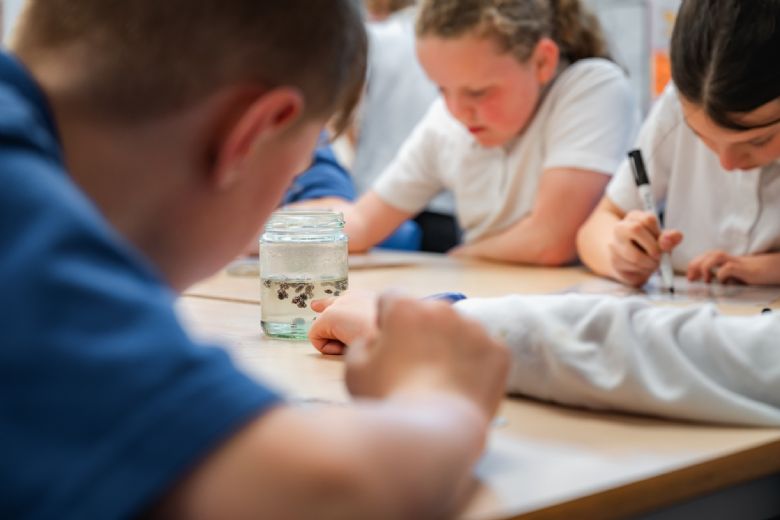 |
Science overview
|
|
Aut 1 |
Aut 2 |
Spr 1 |
Spr 2 |
Sum 1 |
Sum 2 |
Reception |
Sorting and categorising | Seasonal changes Observations of the natural world Changes (prediction) |
Explore the natural world Nocturnal animals |
Materials (sorting and grouping) Test ideas through play |
Seasonal changes Plants (growth) Observations and drawings - life cycle |
Explore the natural world through play |
Year 1 |
Senses Parts of the human body Identify and classify |
Animal features and classification Identify, compare and group Mary Anning Jack Horner |
Everyday materials Properties of materials |
Materials Transparency |
Naming plants Parts of a plant |
Evergreen and deciduous trees Seasons |
Year 2 |
Materials - manipulation Identify, classify, perform simple tests, ask Qs, observe and record Charles Macintosh |
Materials and their uses Observe, use simple equipment, answer Qs, gather and record data, notice patterns and relationships |
Basic needs of animals |
Food chains |
Basic needs of plants Seeds and bulbs Identify common plants and trees Jane Colden |
Pattens and relationships Stages of human development Basic needs of humans |
Year 3 |
Animals Healthy eating and nutrition Food pyramids Scientific observations, evaluate and ask Qs |
Rocks Rock types and classification Soil Fossils Reporting Mary Anning |
Animal skeletons Adaptations Muscles Ask Qs and scientific enquiries Marie Curie |
Light and dark Shadows Sources of light Reflection Light / sun safety Gather and record data |
Parts of plants and their uses Seed dispersal and pollination Plant cycle Scientific evidence Isatou Ceesay |
Forces Magnets - attract and repel Practical enquiries, comparative and fair tests |
Year 4 |
Digestive system Teeth Comparative and fair testing Observation over time |
States of matter Identifying, grouping and classifying Daniel Farenheit |
Electricity Problem-solving Thomas Edison |
Sound Volume, pitch, vibrations Pattern-seeking Alexander Graham-Bell Charles Henry Turner |
Habitats Food chains and webs Adaptations Identifying, grouping and classifying Joean Beauchamp Procter |
States of matter |
Year 5 |
Compare life cycles Parts of a flower - sexual reproduction Farming practices Jane Goodall |
Materials - changes Irreversible changes Burning, cooling and mixing Solutions Evaporations Dissolving Jamie Garcia |
Earth and space Movement of the planets and the sun Phases of the moon Gravity Margaret Hamilton |
Working scientifically | Animals including humans Human reproduction Louis Pasteur |
Forces Air resistance, water resistance and friction Isaac Newton Galileo |
Year 6 |
Electrical circuits Voltage Circuit symbols |
Light - how light travels Phenomena associated with light |
Adaptation Evolution Selective breeding Gillian Burke |
Animals including humans Circularity system Lifestyle choices How nutrients and water are transported Daniel Hale |
Living things Use and construct classification systems |
Consolidation |
